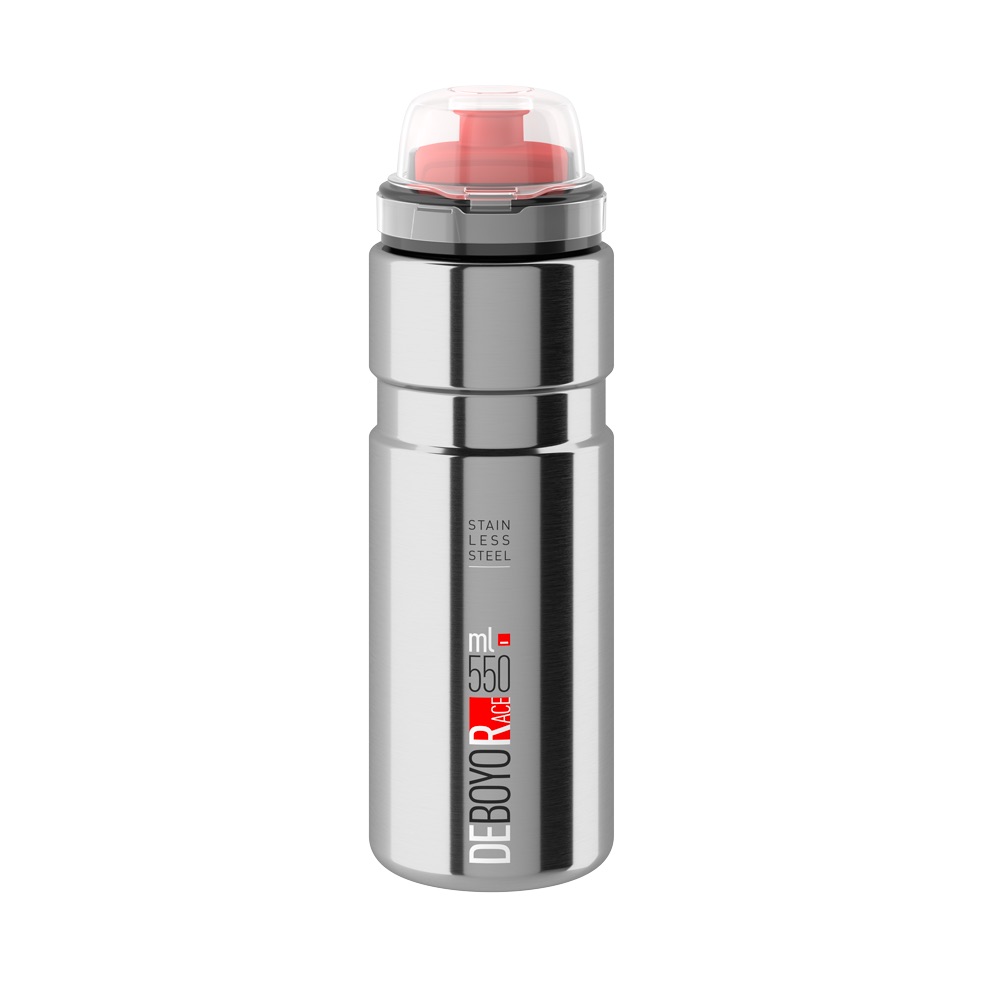Cutting Boards Dangerous to Health

When it comes to human health safety, both wooden and plastic cutting boards have advantages and disadvantages. Here is a comparison of the two materials:
Wood is a natural material with antibacterial properties, but it can absorb moisture and bacteria, especially if it is not cleaned and maintained properly.
It is important to treat wooden cutting boards with vegetable oil and let them dry for at least 24 hours before use.
The hygiene of wooden cutting boards can be improved by using bicarbonate or vinegar for 10 minutes, followed by cleaning with natural soap and hot water.
Harder wooden cutting boards, such as oak, teak, bamboo, olive and beech, are generally more resistant and durable.
Plastic cutting boards, usually made of polyethylene, are easy to clean and can go in the dishwasher, allowing for cleaning at high temperatures.
However, with use, they can develop scratches and grooves that can become breeding grounds for bacteria.
In addition, plastic can release microplastics into food, which can be harmful to health in the long term.
One study estimated that a person can be exposed to millions of polyethylene or polypropylene microplastics per year through the use of plastic cutting boards.
In conclusion, both materials require proper care to ensure hygiene safety.
Wooden cutting boards are natural but require more careful maintenance, while plastic ones are easier to clean but can release microplastics.
The choice depends on personal preference and availability of time for maintenance.
This text is thanks to a news published by Ottavia Belli, Environmental Trainer.
Photo cover by Amazon / Relaxdays


















